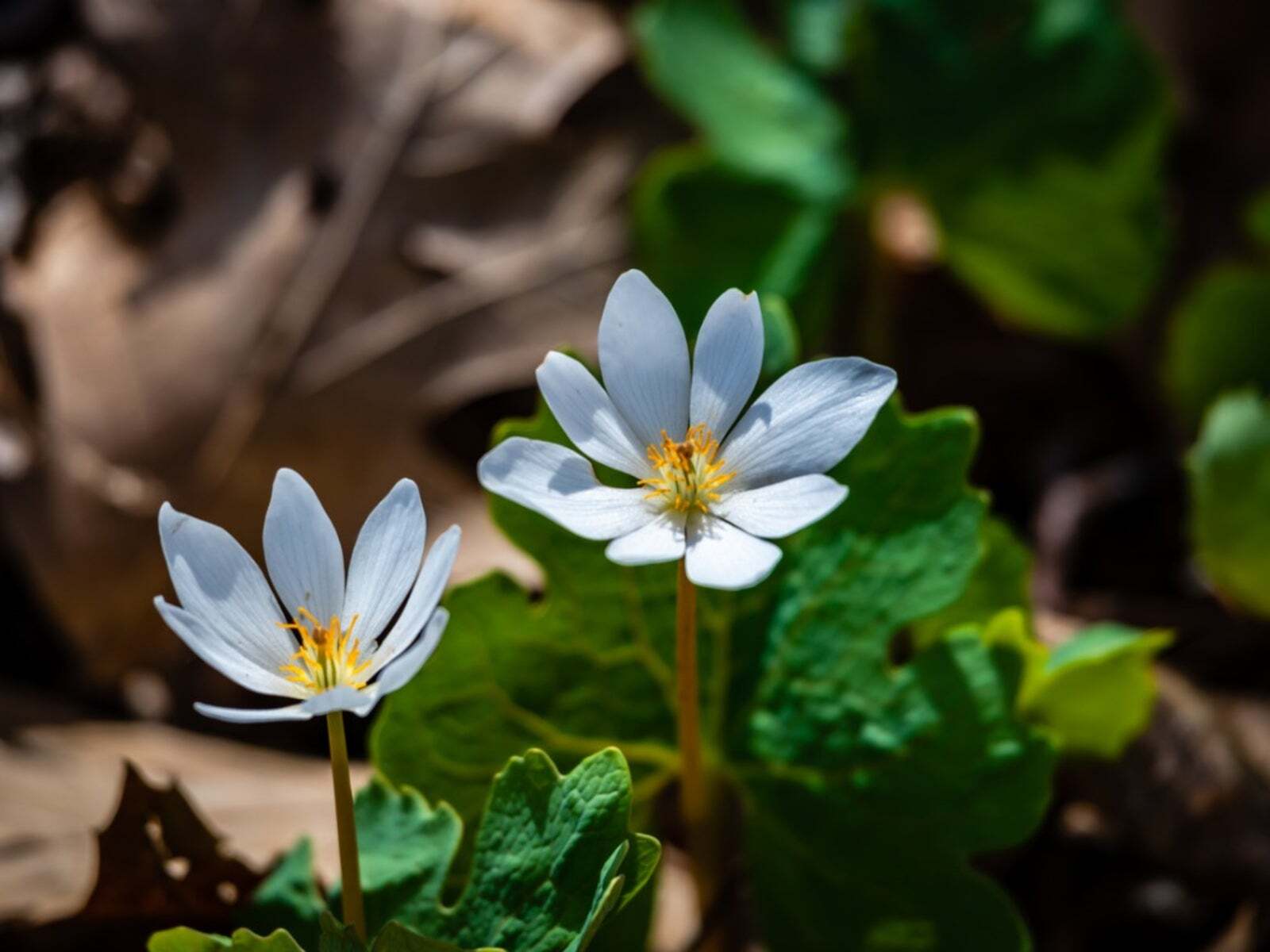
Bloodroot, a fascinating plant native to North America, has intrigued botanists and nature enthusiasts alike. Known for its striking white flowers and unique red sap, this perennial herb has a rich history and numerous uses. Did you know that bloodroot's scientific name is Sanguinaria canadensis? This plant thrives in shaded woodlands and blooms in early spring, adding a splash of color to forest floors. But what makes bloodroot truly special is its medicinal properties. Indigenous peoples have long used its sap for various treatments, and modern herbalists continue to explore its potential benefits. Curious about more intriguing facts? Let's dive into 26 captivating details about this remarkable plant!
What is Bloodroot?
Bloodroot, scientifically known as Sanguinaria canadensis, is a perennial flowering plant native to North America. It gets its name from the red sap that oozes from its roots when cut. This plant has fascinated botanists, herbalists, and nature enthusiasts for centuries.
- Bloodroot belongs to the poppy family, Papaveraceae.
- The plant typically blooms in early spring, often before the trees have fully leafed out.
- Bloodroot flowers are white with a yellow center, usually having 8-12 petals.
- The plant's leaves are large, lobed, and can grow up to 6 inches across.
- Native Americans used bloodroot for medicinal purposes, including as a treatment for respiratory issues.
Historical Uses of Bloodroot
Bloodroot has a rich history of use in traditional medicine and cultural practices. Its unique properties have made it a valuable plant for various applications.
- Native Americans used bloodroot as a dye for clothing and baskets.
- The plant's red sap was also used as a face paint in ceremonies.
- Bloodroot was believed to have protective properties and was used in rituals to ward off evil spirits.
- Early settlers adopted bloodroot for its medicinal properties, using it to treat skin conditions and as an emetic.
- Bloodroot was once a common ingredient in homemade toothpaste due to its antibacterial properties.
Medicinal Properties of Bloodroot
Modern science has explored the medicinal properties of bloodroot, leading to some interesting discoveries. However, caution is advised due to its potent nature.
- Bloodroot contains alkaloids, such as sanguinarine, which have been studied for their antimicrobial properties.
- Sanguinarine has shown potential in inhibiting the growth of certain cancer cells in laboratory studies.
- Bloodroot extracts are used in some natural remedies for skin conditions like warts and fungal infections.
- Despite its potential benefits, bloodroot can be toxic if ingested in large quantities.
- The FDA has not approved bloodroot for internal use due to safety concerns.
Bloodroot in Modern Herbalism
Herbalists today still value bloodroot for its unique properties, though its use is more regulated and researched than in the past.
- Bloodroot is often used in topical applications rather than internal remedies.
- Some herbalists use bloodroot in salves and ointments for its potential to treat skin growths.
- The plant is sometimes included in natural dental care products for its antibacterial effects.
- Bloodroot should always be used under the guidance of a qualified herbalist or healthcare provider.
- Over-harvesting and habitat loss have made bloodroot less common in the wild, leading to conservation efforts.
Interesting Facts About Bloodroot
Beyond its medicinal and historical uses, bloodroot has some fascinating characteristics that make it a unique plant.
- Bloodroot is one of the first plants to bloom in spring, often pushing through snow to flower.
- The plant's flowers only last for a few days, making them a fleeting but beautiful sight.
- Bloodroot spreads through rhizomes, allowing it to form large colonies over time.
- The plant's red sap can stain skin and clothing, so handling it requires care.
- Bloodroot is pollinated by small bees and flies, which are attracted to its early blooms.
- The plant's seeds have a fleshy appendage called an elaiosome, which attracts ants that help disperse the seeds.
Bloodroot's Hidden Wonders
Bloodroot is more than just a pretty flower. Its medicinal properties have been valued for centuries. Native Americans used it for various ailments, and modern science continues to explore its potential. The plant's unique red sap has been a natural dye and a traditional remedy. Despite its beauty, bloodroot can be toxic if misused, so always handle it with care.
The plant thrives in shady woodlands and is a favorite among gardeners for its early spring blooms. Its delicate white flowers and distinctive leaves make it a standout in any garden. Bloodroot also plays a role in ecosystem health, supporting pollinators like bees.
Understanding bloodroot's history and uses can deepen your appreciation for this fascinating plant. Whether you're a gardener, a history buff, or just curious, bloodroot offers a rich tapestry of natural wonders waiting to be explored.
Was this page helpful?
Our commitment to delivering trustworthy and engaging content is at the heart of what we do. Each fact on our site is contributed by real users like you, bringing a wealth of diverse insights and information. To ensure the highest standards of accuracy and reliability, our dedicated editors meticulously review each submission. This process guarantees that the facts we share are not only fascinating but also credible. Trust in our commitment to quality and authenticity as you explore and learn with us.
